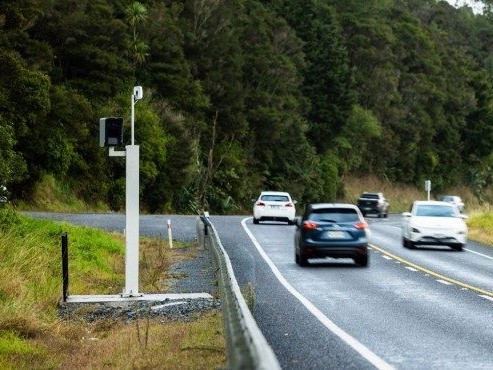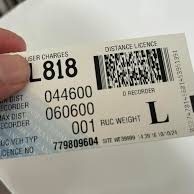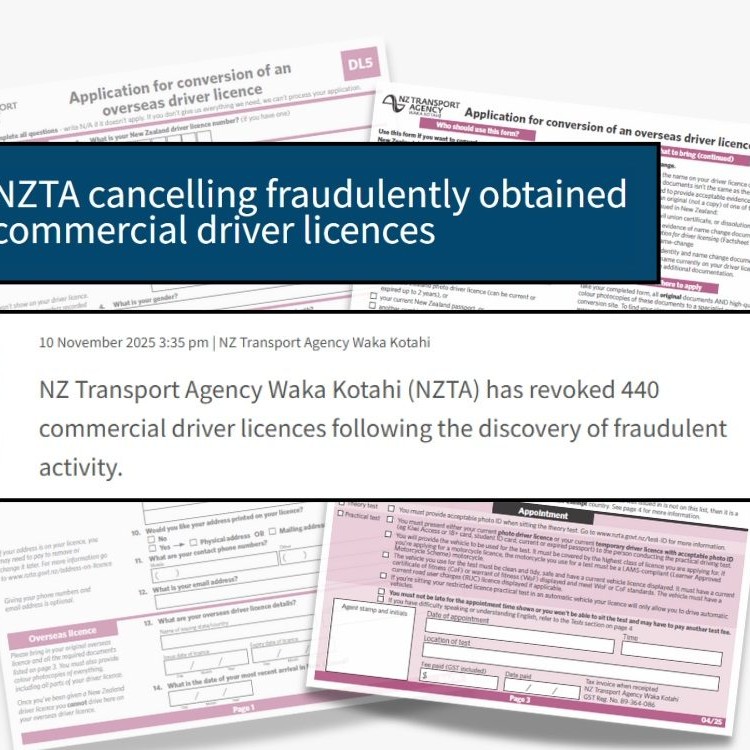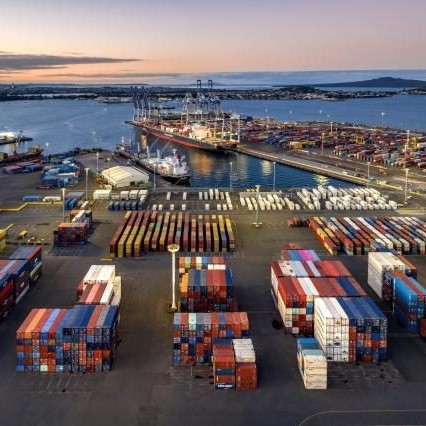
Transporting New Zealand is welcoming news from the NZ Transport Agency that it will begin operating its first average speed camera in December, with another 16 sites to follow over the next year. The first site is located on Matakana Road in Warkworth, Auckland.
Average speed cameras (also known as point-to-point cameras) work by calculating a vehicle’s speed along the length of road between two cameras at either end. They measure the time a vehicle takes to travel between the two cameras and calculate the average speed. Drivers will only get a ticket in the mail if their average speed between the two cameras is over the posted speed limit.
The cameras can also distinguish between light and heavy vehicles, meaning that on 100km/h and 110km/h roads, trucks and buses will be measured against their maximum permitted limit of 90km/h.
“Average speed cameras are in operation in many other countries including Australia, and it makes sense that they be introduced here too as another tool to support speed compliance,” says Transporting New Zealand Policy & Advocacy Advisor Mark Stockdale.
“There’s also an element of fairness to average speed cameras, as drivers may inadvertently speed – such as when overtaking a truck – and could be caught by a single camera at that point. Whereas with average speed cameras, if they button off and moderate their speed over the rest of the road corridor, they should be within the average speed when you include slowing down for corners and not receive a ticket,” Stockdale says.
All of the sites destined for average speed cameras will have ‘average speed camera area’ signs posted before each camera to warn motorists to check their speed, while longer routes will have supplementary warning signs placed along the road corridor.
For further information, contact:
Mark Stockdale, Policy & Advocacy Advisor, Ia Ara Aotearoa Transporting New Zealand, 021 434 097 or email mark@transporting.nz





